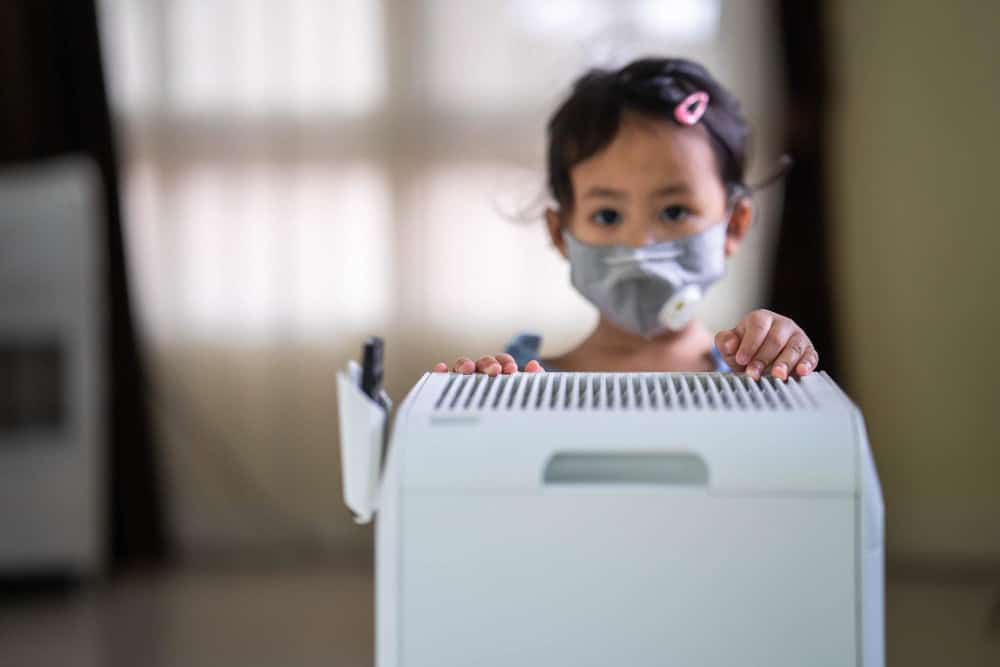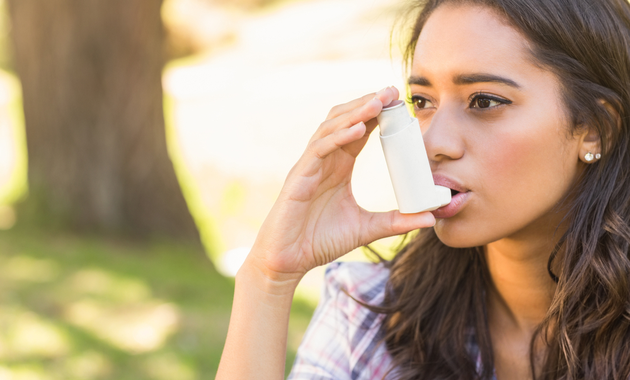
The festival season lights up streets and hearts, but it also creates well-documented, short-term spikes in air pollution that quickly find their way indoors, where children, older adults, and people with asthma spend most of their time.
Below is a researched, evidence-backed look at what changes in air quality during festivals like Diwali, and how those pollutants get into the home, who is most at risk, and what the science says actually helps (and what things are worse).
Seasonal Pollution: What Data Shows
Air pollution levels in India, particularly in northern cities like Delhi, tend to worsen during the festive months. This happens due to several overlapping factors, including increased traffic, use of decorative lighting and diyas, cooking emissions, waste burning, and the onset of winter that traps pollutants close to the ground.
Scientific studies have observed that fine particulate matter (PM2.5) levels often rise dramatically during this period. For instance, Delhi’s PM2.5 concentrations during late October to early November frequently exceed safe limits, reaching several times higher than World Health Organization (WHO) guidelines.
A study comparing Diwali air quality across 2019, 2020, and 2021 in Delhi clearly showed this trend. Researchers measured fine particles (PM2.5) and the metals present in them using high-precision equipment that could track real-time changes during the festive period. The results were striking [1].
2019: 181 μg/m³
2020: 117 μg/m³
2021: 151 μg/m³
Even though the levels varied slightly each year, the study made one thing clear: Festivals cause a huge jump in harmful particles and metals in the atmosphere during Diwali, worsening both outdoor and indoor air quality.
Why Indoor Air Gets Worse Too
Tiny particles (especially PM2.5) easily infiltrate homes through open windows, doors, ventilation systems, and cracks. During festival nights:
Outdoor PM spikes lead to rapid indoor rises within minutes to hours if ventilation paths are open; if windows are closed, particles still enter via infiltration and on clothing/firewear, then settle on the surface. Field studies document measurable pre- to post-festival increases indoors.
Consider using an air purifier during the festive and winter months to protect your family from fine dust, smoke, and allergens that enter your home air.
Who’s Most at Risk: and Why It Matters
Air pollution doesn’t affect everyone in the same way. Some people feel its impact much more strongly, especially during festivals like Diwali when the air quality drops sharply.
Children:

Kids breathe faster and take in more air compared to adults for their body size. Since their lungs are still growing, the tiny harmful particles in polluted air (like PM2.5) can easily enter their lungs and irritate them. This can lead to coughs, colds, asthma attacks, or even affect their lung development over time [2].
For children, seniors, or anyone with respiratory conditions, an air purifier can make a noticeable difference.
Older adults:

For seniors, breathing dusty air can be dangerous. Many already have weaker lungs or heart conditions, and pollution can make these worse [3]. During periods of high pollution, doctors often see more hospital visits from older people due to breathing trouble or heart strain.
People with Asthma or COPD:

Anyone who already struggles to breathe, such as those with asthma or chronic lung disease, can feel the effects of bad air almost immediately [4]. Even a small rise in smoke or dust can trigger wheezing, coughing, or breathlessness, and in severe cases, may require urgent medical care.
What Really Helps: Practical, Science-Backed Ways to Reduce Pollution Indoors
We can’t control what happens outside during Diwali, but we can take smart steps to keep the air inside our homes cleaner and safer. Here’s what research says actually works:
1. Use an Air Purifier (with a HEPA Filter)
Studies show that using a good-quality air purifier can reduce harmful particles in indoor air by 50–60% [4].
To get the best results:
- Pick one with a True HEPA filter (it traps very tiny dust and smoke particles).
- Make sure it’s the right size for your room (check the label for the “recommended room area”)
- Keep it running continuously during and after Diwali, especially at night when pollution levels are higher.
2. Open Windows at the Right Time
- Don’t open windows when the air outside looks hazy, especially during the evening or night.
- Instead, open them early in the morning or late the next day, when pollution levels drop. This helps fresh air come in without pulling in all the smoke [5].
3. Avoid Adding More Pollution Indoors
- Try to skip incense sticks, scented candles, or aerosol room sprays during high-pollution days. These release chemical vapors (VOCs) and tiny particles that make the air worse.
- If you want your home to smell festive, go natural, boil some cloves, cinnamon, or citrus peels in water instead. It’s safer and smells amazing.
Breathe better today, monitor your indoor air quality in real time, and take control of your health
4. Keep Surfaces Clean
- Dust and fine particles from outside often settle on floors, curtains, and furniture, and can easily float back into the air when disturbed.
To prevent this:
- Wipe surfaces and floors regularly with a damp cloth.
- Wash clothes that were worn outdoors during Diwali celebrations.
- These simple habits reduce how much pollution lingers inside your home.
5. Be Smart About Decorations and Rituals
Celebrate responsibly by choosing options that reduce smoke and waste:
- Use clay diyas or LED lights instead of paraffin or scented candles.
- Support community celebrations and eco-friendly décor options to reduce local pollution levels.
- Use clean-burning oils like ghee or mustard oil in diyas.
Why These Steps Matter
Even short bursts of heavy pollution, like those during Diwali, can lead to more asthma attacks, coughing, or heart problems, especially for kids, seniors, and people with existing conditions.
Both long-term and short-term exposure to polluted air are harmful, so it’s important to take precautions even if it’s just for a few days [2].
And remember, while air purifiers can cut pollutants by about half, they can’t remove them completely. The best protection comes from combining steps, controlling indoor sources, using a purifier, and ventilating smartly.
Extra Care for Vulnerable Family Members
- For infants, older adults, or anyone with asthma:
- Keep doors and windows closed during peak pollution hours.
- Use saline nasal sprays to prevent dryness and irritation.
- Keep prescribed medication or inhalers easily accessible.
- Run an air purifier continuously in their room.
- These small steps can make a big difference in protecting their lungs and overall well-being.
Let your diyas shine bright, and let your air stay clean
Because This is a Festival of Light, Not Smoke
The festival season is about spreading joy, warmth, and togetherness — not filling the air with haze. Awareness and simple indoor habits can help you celebrate safely while breathing easier.
References
1.https://www.sciencedirect.com/science/article/abs/pii/S1352231024000694#:~:text=a%20short%20time.-,Abstract,to%20the%20elemental%20mass%20measurements.
2.https://www.unicef.org/parenting/emergencies/air-pollution#:~:text=Children%20and%20air%20pollution&text=As%20children%20are%20growing%2C%20their,some%20pollutants%20reach%20peak%20concentrations.
https://pmc.ncbi.nlm.nih.gov/articles/PMC11036283/
4.https://www.who.int/news/item/25-06-2024-what-are-health-consequences-of-air-pollution-on-populations
5 https://aaqr.org/articles/aaqr-23-08-oa-0202
(The article is written by Mantasha, Executive, Clinical Health & Content, and reviewed by Monalisa Deka, Senior Health Content Editor)